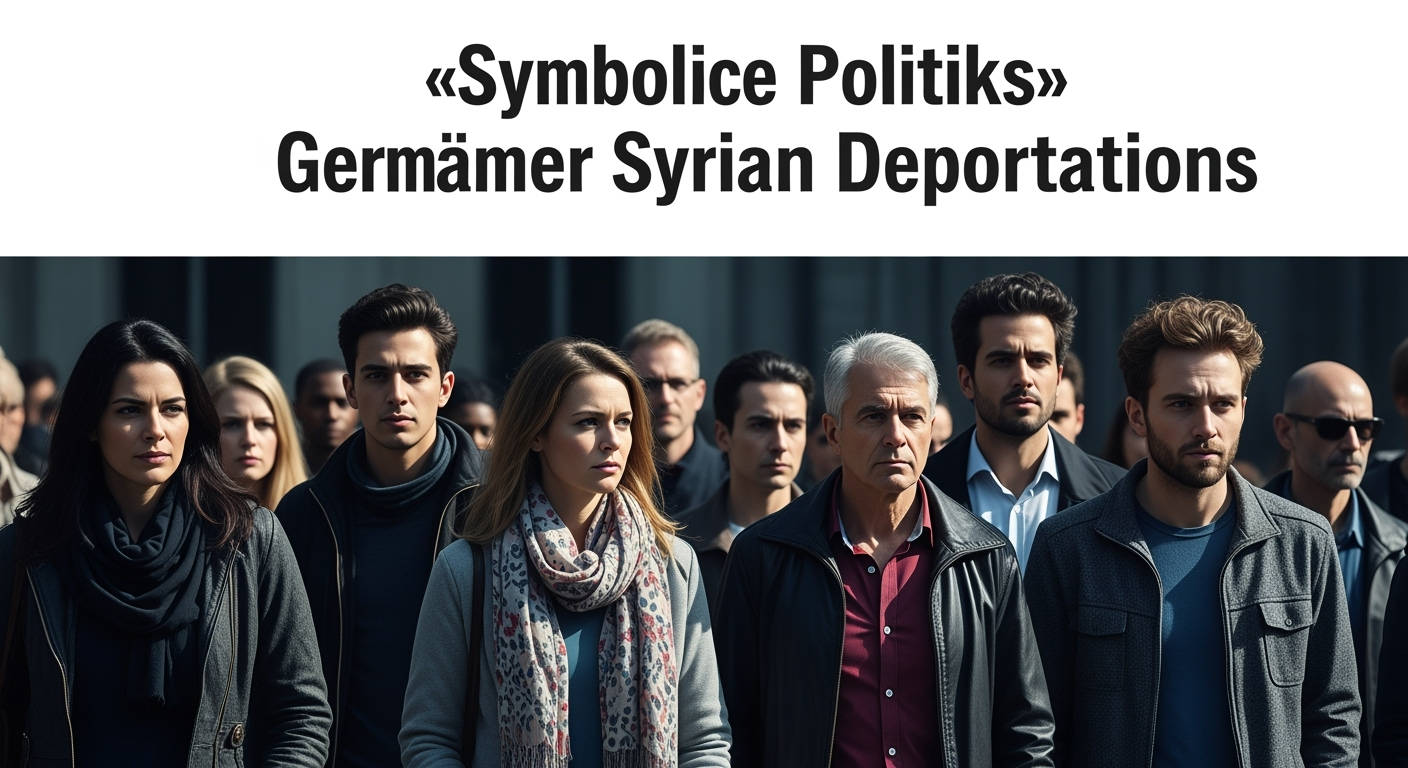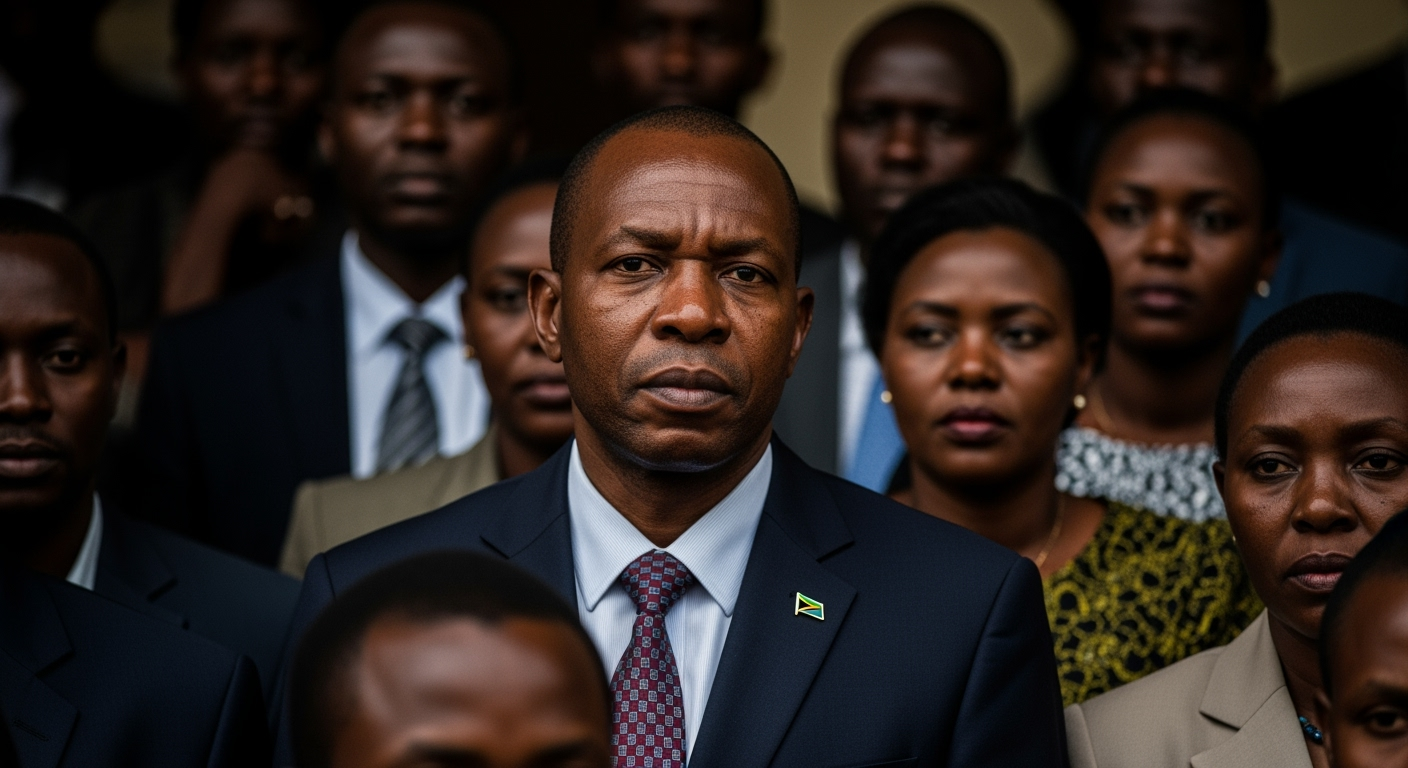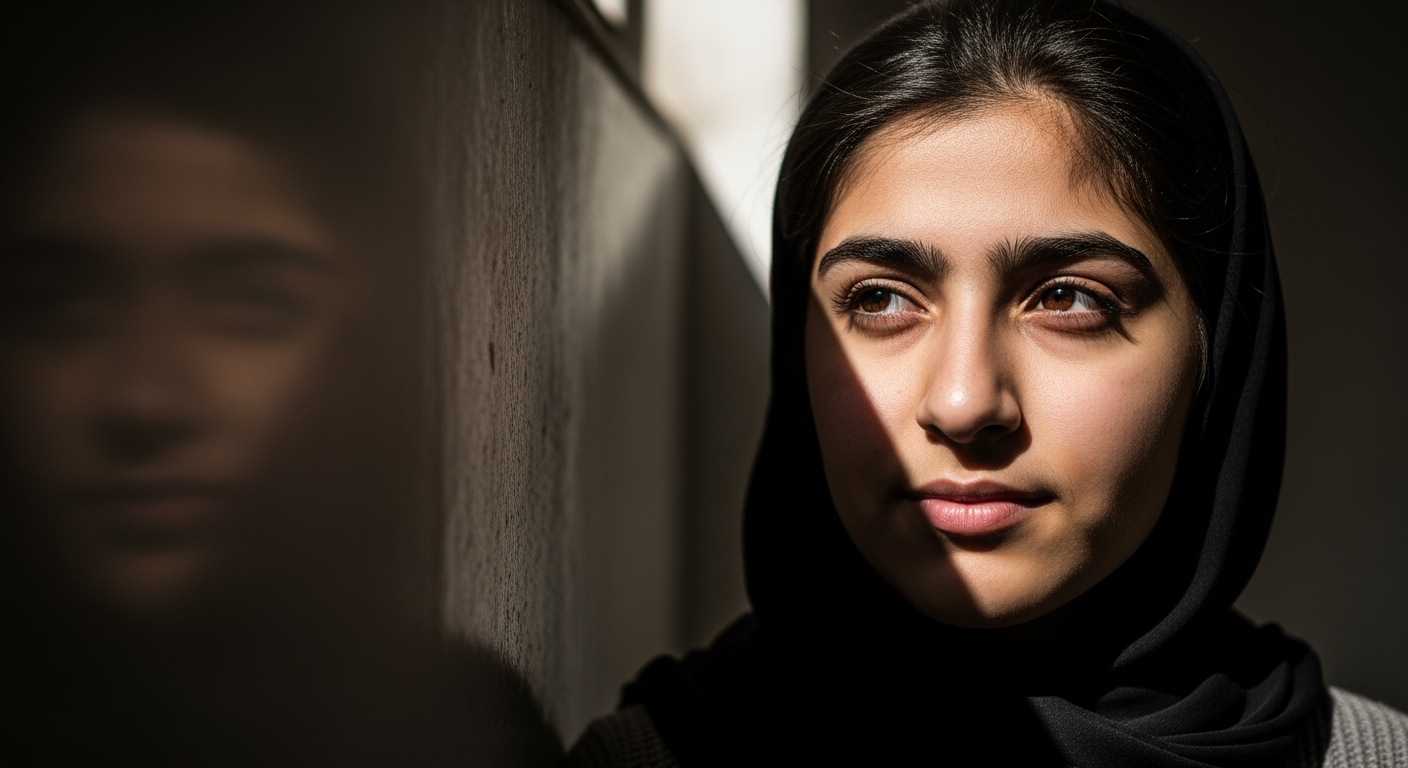Related Articles

Canada Narrows Submarine Bid to German and South Korean Firms in Multi-Billion Dollar Procurement Race

Germany's Syrian Deportation Plan: A Tightrope Walk Between Politics and Harsh Realities





TEHRAN, Iran – A generation of young Iranians, often referred to as Gen Z, finds itself at the epicenter of unprecedented pressure, caught between relentless government crackdowns, crippling international sanctions, and the pervasive anxiety of regional conflict. Their daily lives are a struggle against soaring inflation, vanishing economic opportunities, and a state apparatus that views their digital connectivity and demands for social freedoms as a direct challenge to its authority. This confluence of crises is shaping a generation marked by disillusionment yet fueled by a potent desire for change.
The landscape for Iran's youth has been dramatically reshaped by a series of intense government crackdowns, particularly following the widespread protests ignited by the 2022 death of Mahsa Amini, a 22-year-old woman who died in the custody of Iran's morality police for allegedly improperly wearing her hijab. These protests, initially sparked by Amini's death, quickly evolved into a broader movement against the government's long record of repression and impunity, with young people, especially women, at the forefront.
The government's response has been characterized by brutal force, including lethal and excessive measures against demonstrators, arbitrary arrests of activists, journalists, and rights defenders, and credible reports of torture and sexual assault of detainees. Human rights groups estimate hundreds have been killed, including children, and thousands arrested. Testimonies collected for a UN Human Rights Council report detailed harrowing accounts of men, women, and children being held at gunpoint, with nooses placed around their necks as a form of psychological torture. Children as young as seven years old have reportedly faced harsh physical and psychological abuse and serious fair trial violations. The government has even targeted children taking part in school demonstrations, leading to arrests inside classrooms.
Internet censorship and shutdowns have been critical tools in the state's efforts to quash dissent. Iran operates one of the world's most restrictive internet censorship systems, blocking access to approximately 70% of the internet, including popular platforms like YouTube, Twitter, Facebook, Instagram, and Telegram. During the Mahsa Amini protests, internet access was repeatedly disrupted, with total blackouts in some areas and popular apps like Instagram and WhatsApp blocked. Despite these efforts, Gen Z, often referred to as "Zoomers," has leveraged social media to organize, disseminate information, and highlight government brutality, using circumvention tools like Virtual Private Networks (VPNs) to bypass restrictions, even as authorities increasingly target VPN usage. This digital battleground underscores a significant generational divide, with young Iranians often referring to the clerical establishment as "dinosaurs" in memes, highlighting their profound disconnect.
Beyond the political repression, Iran's Gen Z grapples with a dire economic reality exacerbated by prolonged international sanctions. Daily life is a relentless struggle against soaring inflation, rising unemployment, and vanishing opportunities. The economic recession has stifled job creation, with nearly one in five young Iranians unemployed. Even for those who find work, employment often fails to lift them out of poverty, with some estimates suggesting 80% of households earn below the global poverty line. Basic necessities have become unaffordable, with prices changing daily, leaving many families struggling to afford groceries.
This pervasive economic hardship fuels a significant "brain drain," as a large portion of educated and skilled young Iranians seek opportunities abroad. Experts warn that Iran is experiencing an alarming surge in student migration, with the number of Iranian student migrants projected to reach 120,000 in 2025, up from 60,000 at the end of the 2010s. A staggering 68% of young Iranians express a desire to emigrate, citing deep dissatisfaction with the country's political, economic, and social conditions. The return rate for these migrants is exceptionally low, estimated at just one percent, signifying an "irretrievable flight of the elite." Iran has consistently ranked among the top countries for brain drain globally, with some reports from the early 2000s indicating a loss of 150,000 to 180,000 specialists annually, equivalent to a capital loss of $50 billion. Even government officials have acknowledged the crisis, with President Masoud Pezeshkian lamenting that children are being raised with minds "set on leaving the country."
Sanctions scare away private investment, making economic recovery difficult and further diminishing prospects for young people. The inability to secure stable employment and a decent quality of life leaves many feeling "stuck in the middle," caught between the aspirations for a better future and the harsh realities at home.
Adding to the heavy burdens of crackdowns and sanctions is the persistent and psychological weight of regional instability and the looming threat of conflict. Young Iranians live with a constant undercurrent of war anxiety, particularly amplified by events such as a recent short conflict with Israel and fears over renewed sanctions.
This anxiety is not merely economic but deeply psychological, driven by feelings of powerlessness and disillusionment. University students in Tehran describe living "between fear and resilience," worrying about sudden war, rising exchange rates, and restrictions on visas for studying abroad. The unpredictable nature of the geopolitical environment means that for many young people, daily choices about education, work, or even staying in the country no longer feel like real choices, but rather desperate calculations based on an uncertain future. The experience leaves many feeling "numb" and resigned to the idea that nothing will improve, expressing a belief that the government is unresponsive to their concerns. They feel caught "between two wars: the one just ended, and one they fear could come next."
Despite the formidable obstacles, Iran's Gen Z has emerged as a resilient force, actively shaping a distinct identity and advocating for change. They are the first generation to grow up with the internet, skillfully utilizing social media platforms like TikTok and Instagram to express themselves, organize protests, and bring international attention to their cause, often defying state censorship. Through these digital channels, they vocalize demands for fundamental freedoms, from the ability to dance in the streets to the simple act of expressing love openly.
This digital activism serves as an "antidote to state violence and its suppression of facts," allowing young Iranians to connect, highlight abuses, and challenge patriarchal rules. The "Woman, Life, Freedom" movement, ignited by Mahsa Amini's death, saw young women at its forefront, using social media to mobilize against compulsory hijab laws and conservative values. Even in the face of brutal repression, their collective action, often decentralized and leaderless, poses a significant challenge to the established order, demonstrating a profound desire for a future different from their parents' generation. They embrace creativity, using memes and art to critique the "geriatric" leadership, showcasing their deep desire for a government more aligned with their modern aspirations.
Iran's Gen Z faces a trifecta of existential challenges: pervasive state crackdowns that stifle dissent, economic sanctions that crush aspirations, and the constant specter of conflict that breeds profound anxiety. These pressures have fostered widespread disillusionment and an exodus of talent, yet they have also ignited a powerful, digitally savvy generation determined to assert its identity and demand fundamental freedoms. Their resilience and continued push for change, despite severe risks, underscore a growing chasm between the aspirations of Iran's youth and the realities imposed by its governing structures, portending profound implications for the nation's future trajectory.